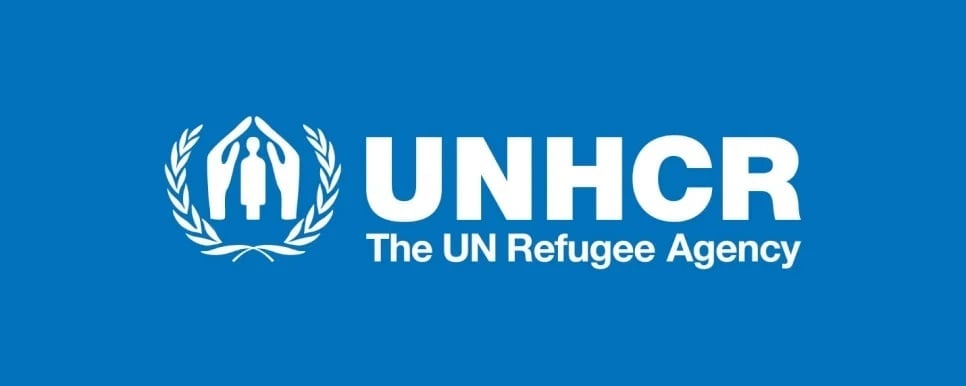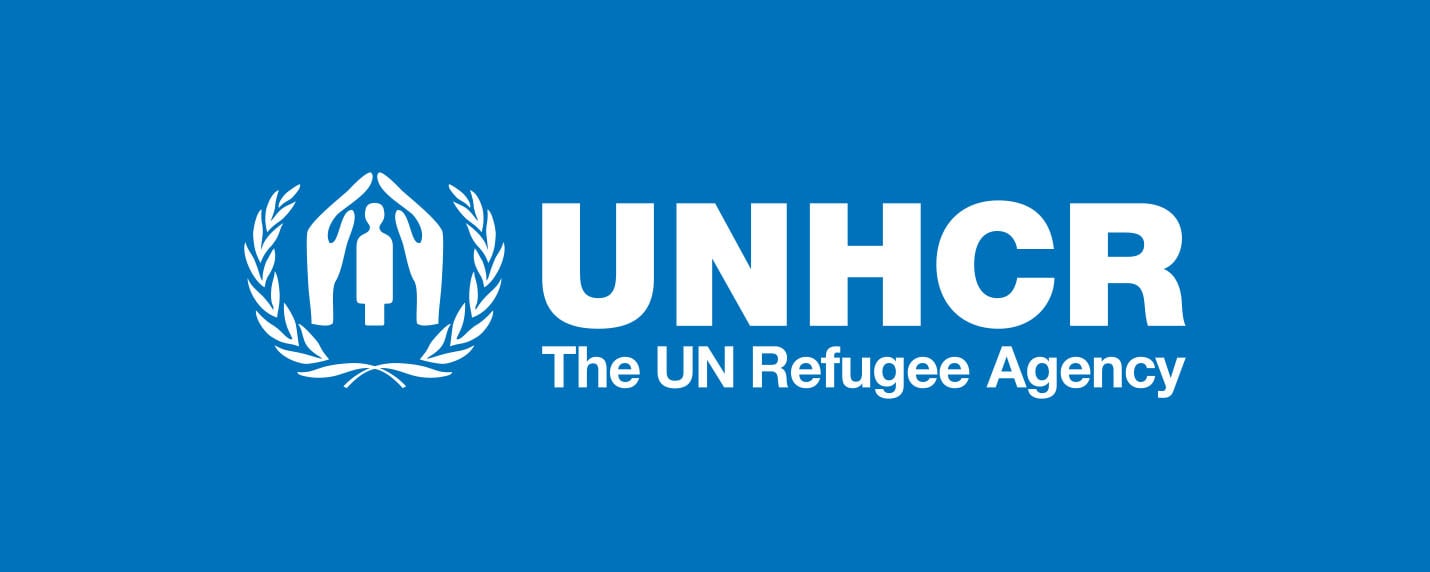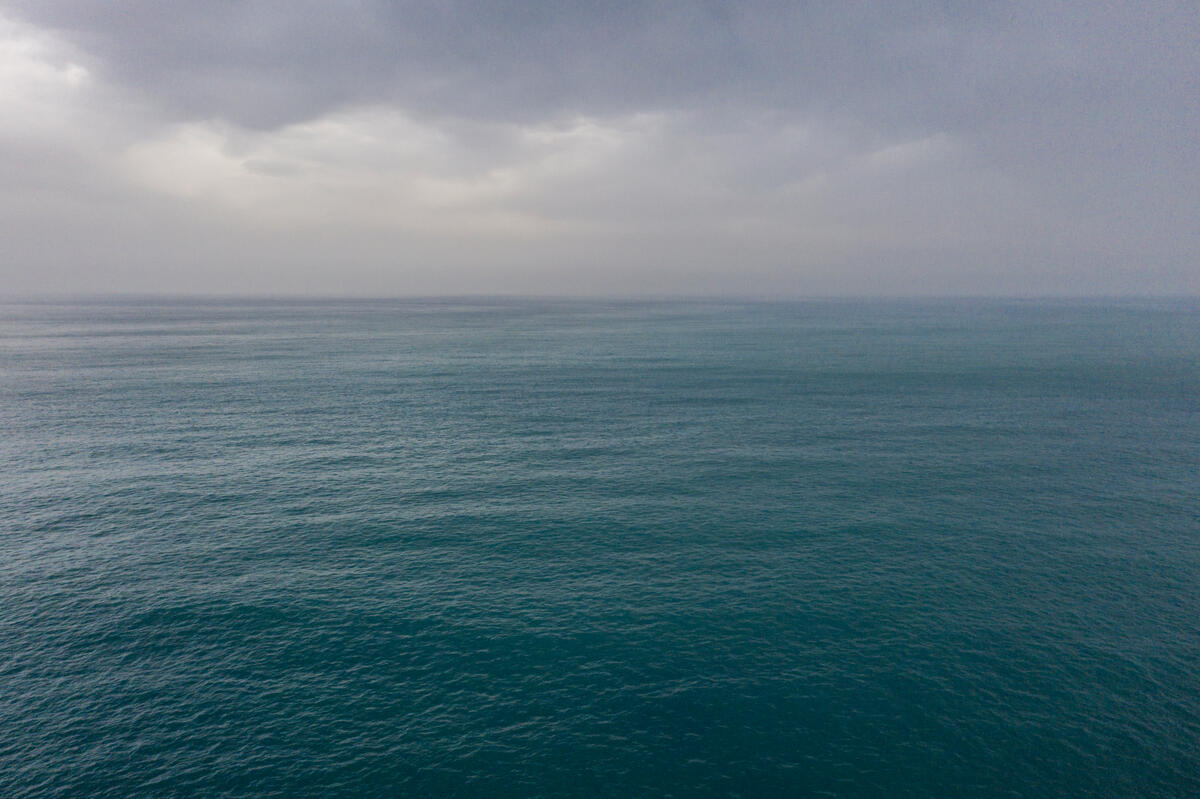Italian rescue effort gives dignified burial to refugee shipwreck victims
Italian rescue effort gives dignified burial to refugee shipwreck victims

CATANIA, Italy, July 10 (UNHCR) - Six victims of a shipwreck in which an estimated 800 fleeing people drowned in the Mediterranean were buried in Italy on Thursday (July 9), nearly three months after their deaths. The bodies were recovered by the Italian navy from the wreck around 380 metres below sea level.
The six wooden coffins were lowered into graves in the community cemetery on the outskirts of Catania, Sicily's second city. Each was marked with a number to identify those buried as victims of the shipwreck on 18 April, when a boat crammed with refugees and migrants sank in the Mediterranean.
A woman's body retrieved immediately after the disaster was buried alongside the remains of five people who were recovered from the sea between 29 June and 1 July by the Italian navy. As of July 10, the total number of bodies recovered from the seabed numbered 13.
The coffins were lowered into the ground by local authority workers, most dressed in sky blue shirts with gold crosses hanging around their necks. As they worked under the baking midday sun, a digger cleared ground for a further seven coffins due to arrive Friday.
A sprig of flowers was thrown onto each coffin as they were laid to rest. There was no formal funeral service.
Italy's prime minister, Matteo Renzi, had previously expressed his wish to have the victims' bodies returned to their relatives, although the depth of the shipwreck and the difficulty in identifying remains makes this almost impossible.
Those who came to be buried in Catania were instead laid to rest between Sicilians' mausoleums and well-kept graves, close to those of a number of people who drowned in 2013. Nearly 600 people died in two separate incidents in October 2013, prompting shocked reactions from EU leaders.
It was however the capsizing in April 2015 -- the worst such incident in decades -- which led the EU to triple funding of its Frontex led Triton and Poseidon sea operations. The increase in search and rescue missions has led to a drastic reduction in the number of deaths. Between January and April 2015, almost 1,800 refugees and migrants drowned or went missing in the Mediterranean. Over May and June, the figure fell to 80.
The number of refugees and migrants taking the dangerous journey across the Mediterranean to Europe is however increasing, with 137,000 people arriving in the first six months of 2015 compared to 75,000 during the same period last year.
The majority of those taking the Mediterranean Sea route to reach Europe are people fleeing war, conflict and persecution. A third of people arriving by boat in Italy or Greece are Syrians, escaping an ongoing conflict which has prompted more than four million people to flee their home country. UNHCR data shows the second and third largest groups are from Afghanistan and Eritrea.








